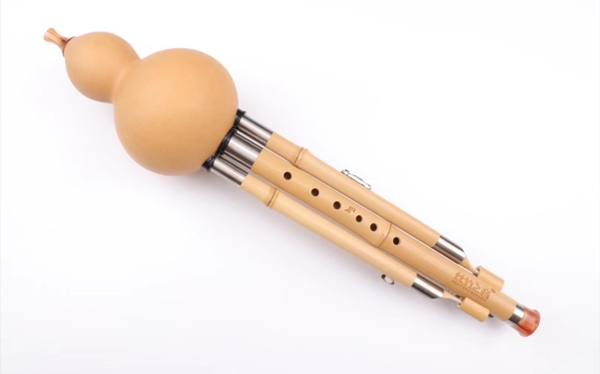In-depth analysis and practical guidance: Exquisite skills and efficient practice methods of hulusi glissando
As a wind instrument with national characteristics in our country, fenugreek has rich musical expression, among which the glissando technique gives fenugreek a unique charm and an important means of emotional expression. Mastering the glissando skills can make the performer more appealing in the interpretation of the repertoire and make the melody more graceful and melodious.

First, understand the concept of glissando
Glisson is one of the most important decorative techniques in fenugreek playing. It makes the pitch smoothly transition from one note to another through the flexible and controlled movement of the fingers through the sound hole, creating a coherent and emotionally varied effect. According to the direction of pitch change, the glissando can be divided into two types: upper glissando and lower glissando.
Second, the basic manipulation of glissando
1. Upper glisson: Taking the slide from bass to treble as an example, the player first steadily blows out the lower note, and then gently moves up with the finger (usually the ring finger or index finger) to gradually open the upper sound hole, while adjusting the intensity and speed of the breath, so that the pitch rises smoothly to the target note.
2. Lower slide: On the contrary, when sliding from the treble to the bass, it is necessary to accurately blow the higher note first, and slowly close the upper sound hole while maintaining the stability of the breath, so that the pitch smoothly drops to the target note.
Third, Steps and key points of glissando practice
In the initial practice, you can choose a simple glissando between individual notes for repeated practice, such as "5" to "6", "3" to "2", etc., to ensure that each glissando process is clear and coherent.
Pay attention to the coordination of breath and fingers, the change of breath should be synchronized with the finger action, so that there is a rhyme in the mind. • With the improvement of technology, we can try to use glissando in actual songs to deepen the understanding and application of glissando to express emotion in different situations.
Continue to exercise the flexibility and independence of the fingers, so that the switching action of each sound hole is accurate and in place, to avoid discontinuity or noise during the glisson process.
Continuously improve the auditory discrimination ability of the ear, and be able to detect and correct the intonation problems in the process of glissando.
Fourth, The role of glissando in musical expression
Mastering the glisson skills can not only increase the artistic charm of fenugreek performance, but also better interpret the artistic mood and emotional connotation of the repertoire, so that the audience seems to be in a vivid and rich musical picture.
In short, the practice of fenugreek glissando needs persistent efforts and meticulous feelings, only in this way, can we truly understand its artistic essence, and show its incisive charm in the performance.
 渝公网安备 50010702504639号
渝公网安备 50010702504639号